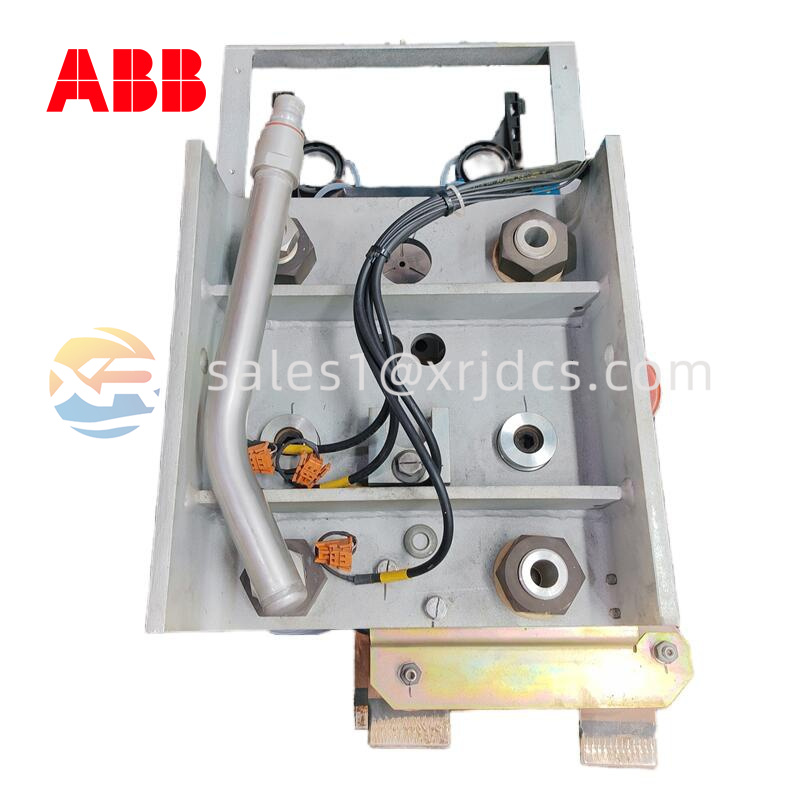In industrial power conversion and drive systems, the ABB S-093N (part number 3BHB009885R0021) phase module plays a pivotal role. As a core component in medium-voltage inverters and power conversion systems, it ensures the precise control of voltage and current phases under demanding conditions. In this post, we dive deep into its architecture, key features, applications, and installation/maintenance best practices.
The ABB S-093N, with order code 3BHB009885R0021, is a phase module that is part of ABB’s ACS6000 / PCS6000 (or related) medium-voltage converter / inverter systems.
This module is responsible for converting and regulating electrical phase parameters—such as voltage phase, current, and synchronization—within high-power converter systems used in industrial drives, wind power, HVAC, pump/motor systems, and more.
Here are the standout features and typical parameters associated with S-093N (3BHB009885R0021):
| Parameter / Feature | Typical Value / Description |
|---|---|
| System Series | ACS6000 / medium-voltage inverter / converter series |
| Role | Phase control / modulation module (for voltage/current phase regulation) |
| Power Range / Capacity | Works in systems of several megawatts (e.g. 3 to 36 MW class) |
| Voltage Levels | Module works with medium-voltage systems (e.g., 2.3 kV to 3.3 kV typical) |
| Efficiency | Very high conversion efficiency (≥ 98 % in many use cases) |
| Cooling / Thermal Design | Often integrated in a water-cooled or closed-loop cooling setup for heat management in high-power usage |
| Modulation & Control Strategy | Supports Direct Torque Control (DTC), vector control, or V/f modulation in inverter systems |
| Protection & Safety Features | Overcurrent, overvoltage, short-circuit protection, fault ride-through capability, arc-proof design |
| Redundancy & Modularity | Modular design, parallel module operation, redundancy in critical installations |
| Integration | Part of larger systems, communicates with control PLCs / converters / power electronics systems |

The S-093N phase module finds usage in several high-demand industrial scenarios:
Medium-Voltage Variable Frequency Drives (VFDs) / Inverters
It is embedded in ABB’s ACS6000 or PCS6000 systems to convert DC bus voltage to controlled AC output with precise phase control for large motors.
Wind Turbine / Renewable Energy Converters
In power conversion for wind farms, modules like S-093N help adapt generator output to grid requirements, control phase, and manage power stability.
Industrial Drives & Pumps / Compressors
Large motors in heavy industry (metallurgy, mining, water treatment) that demand tight phase control use modules like this in converter stacks.
Grid-Interactive Power Electronics Systems (PCS)
In applications such as energy storage systems or grid stabilization, phase modules help in dynamic phase / reactive power management.
Backup / Redundant Power Systems
Because of their modular and redundant capabilities, they are suitable for critical installations where uptime is essential.
High Efficiency & Low Losses — minimizes energy waste even at high power levels.
Robust Thermal Management — water-cooled or closed-loop cooling ensures stability under load.
Modularity & Scalability — multiple modules can be used in parallel for higher power or redundancy.
Advanced Control Features — DTC / vector control ensure precise torque and current handling.
Fault Tolerance & Protection — integrated protections and fault-ride-through capabilities safeguard the system.
Seamless Integration — designed to work as a part of ABB’s converter families, enabling consistent system architectures.
To get reliable, long-term performance from the S-093N, these practical aspects are critical:
Cooling Infrastructure: Ensure that the cooling subsystem (water or air-cooling) is properly dimensioned and maintained to avoid thermal stress.
Parallel / Redundant Operation: When used in parallel, ensure correct current sharing and module equalization.
Routine Testing: Periodic measurement of module output, thermal profile, and self-diagnostics to detect early degradation.
Firmware / Control Updates: Use matched control logic and versioning across modules to avoid mismatches.
Protection Coordination: Ensure upstream and downstream overcurrent, overvoltage, and fault protection devices are coordinated.
Spare Module Strategy: Keep a spare S-093N ready or matchable module in stock for system-critical installations.
Documentation & Archival: Keep module serial numbers, manufacturing date, calibration logs for traceability.